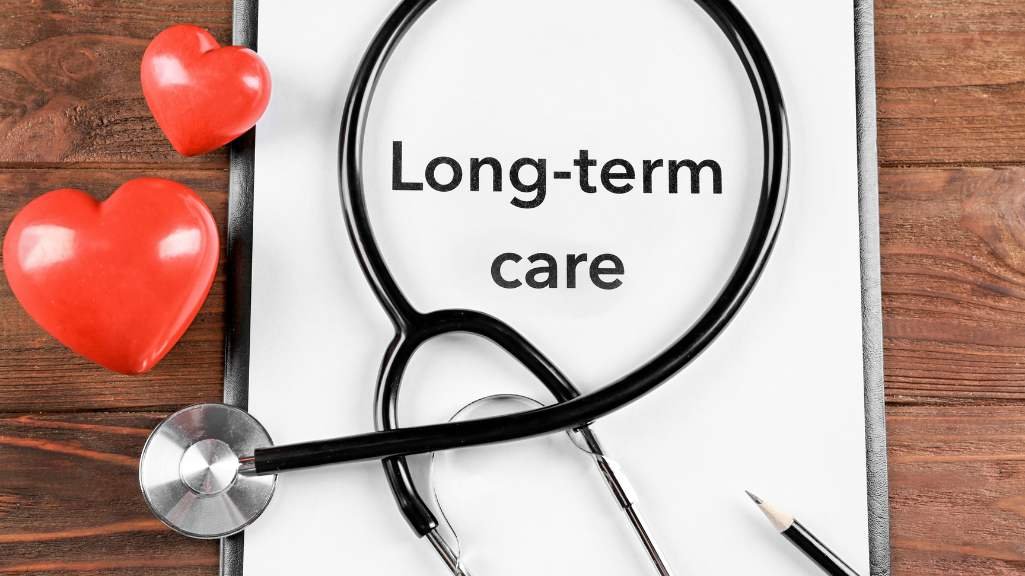Introducing New Forms of Information Technology into Medical Practice
Adina Anderson
. 2 min read
E-prescriptions, electronic health records (EHRs), and other tech tools like video chat that help patients meet their health goals, such as managing blood sugar levels or quitting smoking, are common examples of healthcare information technology. Other examples include e-health records and other tech tools. The advancement of information technology has made it possible to create more accurate EHRs and EMRs.

Primary Goal of Information Technology in Healthcare is to Safeguard Patients
Providing convenient access to the medical records of patients
One of the most important responsibilities that come with working in the healthcare industry is collecting data from patients. The analysis of a patient's condition and illness, followed by the search for a treatment that might alleviate those symptoms, requires accurate and complete medical information.
Better Diagnostics
The diagnostic process has been vastly improved by technology in every conceivable way, including accuracy, speed, and accessibility. One of the most significant challenges facing the healthcare industry today is chronic illness, and diagnostic technology is playing a critical part in finding solutions to this problem.
Improved Two-Way Communication between Medical Professionals
Patients may be able to access their medical records, prescriptions, and test results through patient portals, which are an extension of electronic health records (EHR). Because messaging systems allow you to send a note to your doctor in complete confidence, you can expect to receive individualized attention more quickly than ever before.
Health wearables and the use of 3-D printing technology
Printing in three dimensions has been utilized in a variety of industries for a number of years. In the field of medicine, it is used to make implants and even joints for various surgical procedures. It is also widely used in the field of prosthetics due to the fact that it can create excellent coordinating with appendages.
Artificial organs
In a manner similar to that of 3-D printing, however, real and functioning organs will not be rejected by the immune systems of the patients receiving them. Printing living tissue, also known as bioprinting, is an emerging subfield of engineering in the medical field that has the potential to improve the health of millions of people each year.
How has the Advancement of Technology Impacted Medical Care?
The healthcare industry has been positively impacted by medical technology, which has improved the industry's ability to meet the requirements of patients. The benefits cover a broad spectrum of factors, ranging from enhancing the general population's health to reducing the expenses incurred by healthcare providers.
Conclusion
It is inconceivable that the field of healthcare could advance without benefiting from the revolutionary potential of technology. Even though it is a field that calls for highly skilled people who have spent a significant amount of time in education.
The Institute for the Development of Entrepreneurship (iED) is very interested in the possibilities that medical technologies present and the ways in which they contribute to overall wellbeing.
More Stories from
The Role of an Orthopedic Surgeon in Modern Medicine
This article provides an insightful overview of orthopedic surgeons and their significant contributions to modern medicine.
Managing Mental Illness: Tips and Treatments for Depression, Anxiety, and Panic Disorder
This article discusses the significance of mental health and common mental illnesses such as depression, generalized anxiety disorder, and panic disorder.
Advancements in Medical Technology: Improving Healthcare Access
Embrace the future of healthcare with these advancements, fostering a more inclusive and accessible healthcare system for all.
Cognitive Enhancers: The Ethics and Implications of Brain-Boosting Drugs
Explore the ethics and implications of cognitive enhancers, also known as "smart drugs," that promise improved cognitive abilities.
The Versatile Guava: A Fruit with a Multitude of Uses
From its delightful taste in culinary creations to its potent health benefits and skincare properties, guava has become a beloved fruit worldwide.










.png?width=40&aspect_ratio=1:1)

